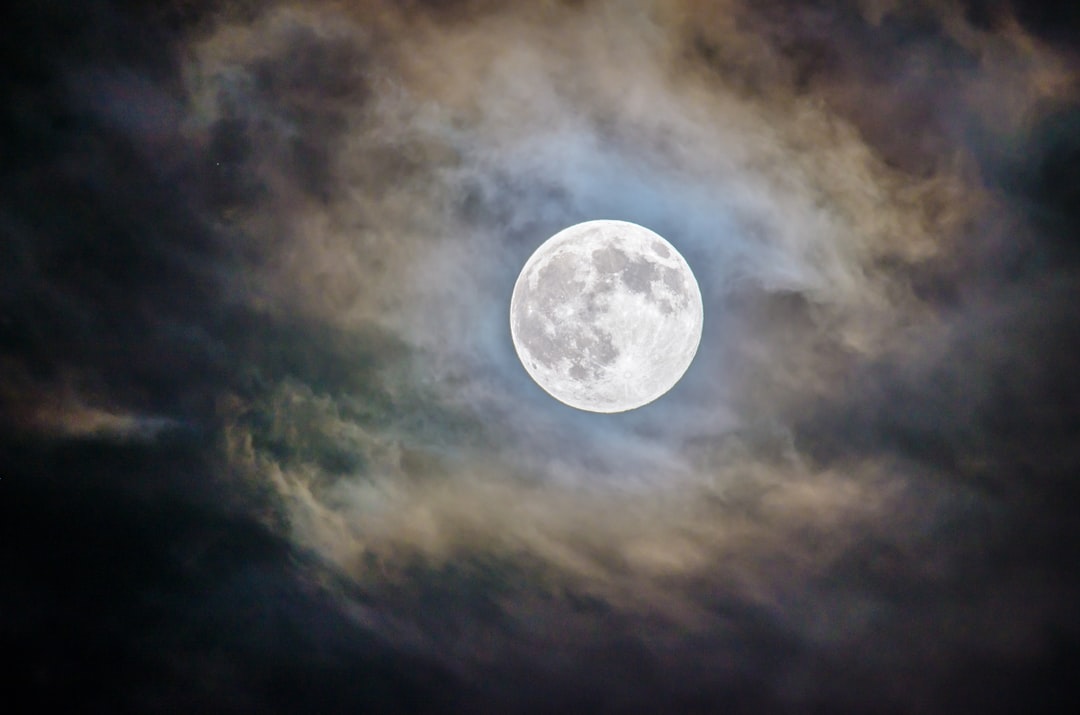Hello, wonderful witches!
A pal and I are watching “Love is Blind: Japan,” and I’ve been struck by the nuances in food culture coming up in the show. One of the women asks every person she dates, “What ingredients do you put in your miso soup?” She explains why, so you’ll have to watch it to find out the reasoning. But it inspired me to kick off some travel-ish content in the newsletter with a two blurbs about food-based superstitions in Asia.
South Korea: Eating sticky foods like toffee will help students pass a test — because the knowledge gained from studying will stick in the student’s mind. Eating slippery food like seaweed soup has the opposite effect, causing a student’s exam grade to slip down.
India: Keeping an onion and a knife under a newborn’s bed drives away bad dreams. And, placing an onion under your pillow while you sleep will tell you about your future life partner.
Today’s article is about the optimal time to pick herbs based on the lunar calendar. Enjoy!
Using the Moon to Aid Herbal Magic
By Claire James Carroll

When you harvest herbs matters, for magic and cooking alike. Choose the right time, and your plants will be potent and powerful. Choose wrong, and your plants may be too weak to be effective.
We’ll help you through with a magical and culinary schedule for harvesting plants for maximum impact.
Culinary Herb Collection
Most culinary herbs should be collected in the mid morning, once dew has dried but before plants begin to wilt in the heat. The oils will be at their most potent and aromatic. Don’t harvest on rainy days if you can help it.
Herbs should be harvested with a knife or scissors. Cut the stem just above branching growth nodes, as this will spur growth and increase future harvests. Try to collect herbs before the plant flowers to prevent bitterness and decreased potency; you can extend this collection time by deadheading flowers and removing them when they appear.
Flowers should be collected somewhat early, as they are opening and before they’ve been pollinated. If possible, harvest flowerbeds every few days. Otherwise, collect them when most are opened and a few are still in bud.
Roots are best collected in the autumn. While a frost or two can increase the sugar content in some root vegetables, it can also make harvesting much trickier. Depending on how large your crop is and how much time you have, it may be easier to gather roots before the first frost.
Herbal Magic by the Lunar Calendar
Magic has been tuned in to the moon from the beginning, so it makes sense that magical herb cultivation follows a similar calendar. But magical energy isn’t the only reason to garden by the phases of the moon.
Biodynamic gardening uses the gravitational effects of lunar phases to support plant growth and increase potency at harvesting. For instance, moisture is drawn to top soil during full and new moons, supporting germination.
New Moon. A magical time for new beginnings, new moons are also the perfect time to plant seeds and transplant seedlings for more successful germinations.
Waxing Moon. Leaf and stem growth are stronger during a waxing moon, which makes aerial parts more potent. This is a good time to gather herbs and perform constructive magic, manifesting intention from within or collecting energy from your environment.
Full Moon. The best time on the lunar calendar to collect leafy herbs, use the full moon to address psychic blocks or milestone rituals. This is another good time to plant seeds or divide and transplant mature plants for fertile growth.
Waning Moon. Magically, this is the time for overcoming obstacles and rejecting negative energies. This is also the time to collect magical roots, like burdock or angelica, which can aid in banishing spells.
If you’re using herbs and roots for immediate spells, harvesting by moonlight is best if possible. However, if you’re drying herbs and flowers for later rituals, nighttime dew may cause them to rot before they can dehydrate. Instead, harvest in mid-morning like with culinary herbs; you can still operate on a lunar calendar for some of the magical and biodynamic benefits.
Claire James Carroll is a writer and herbalist living in the Hudson Valley. She studied writing and archival magic at Yale University and has apprenticed with herbalists throughout New York. Follow her on Twitter at @ClaireJCarroll.
In the next issue…
The next newsletter will have… well, I’m not sure yet. We’ll find out together!
See you then!



Hello! If you're just starting out, I recommend paying attention to the classic Ryder-Waite deck. It is popular among beginners due to its clear symbolism and the availability of training materials. For information on spreads, I recommend https://magicdivination.com/ . It is a real treasure trove for those who want to learn tarot, rituals, or other aspects of divination. There are detailed instructions for various readings, explanations of card meanings, and even online readings for practice. It is also important to think of tarot not as an accurate prediction, but as a tool for self-understanding and advice. With MagicDivination you will find a lot of useful materials for your spiritual development. Good luck with your studies!!!!
Hello, everyone! I've recently become interested in tarot and divination, but I don't know where to start. Which cards are best for a beginner, and are there any websites where I can get useful information about the spreads?